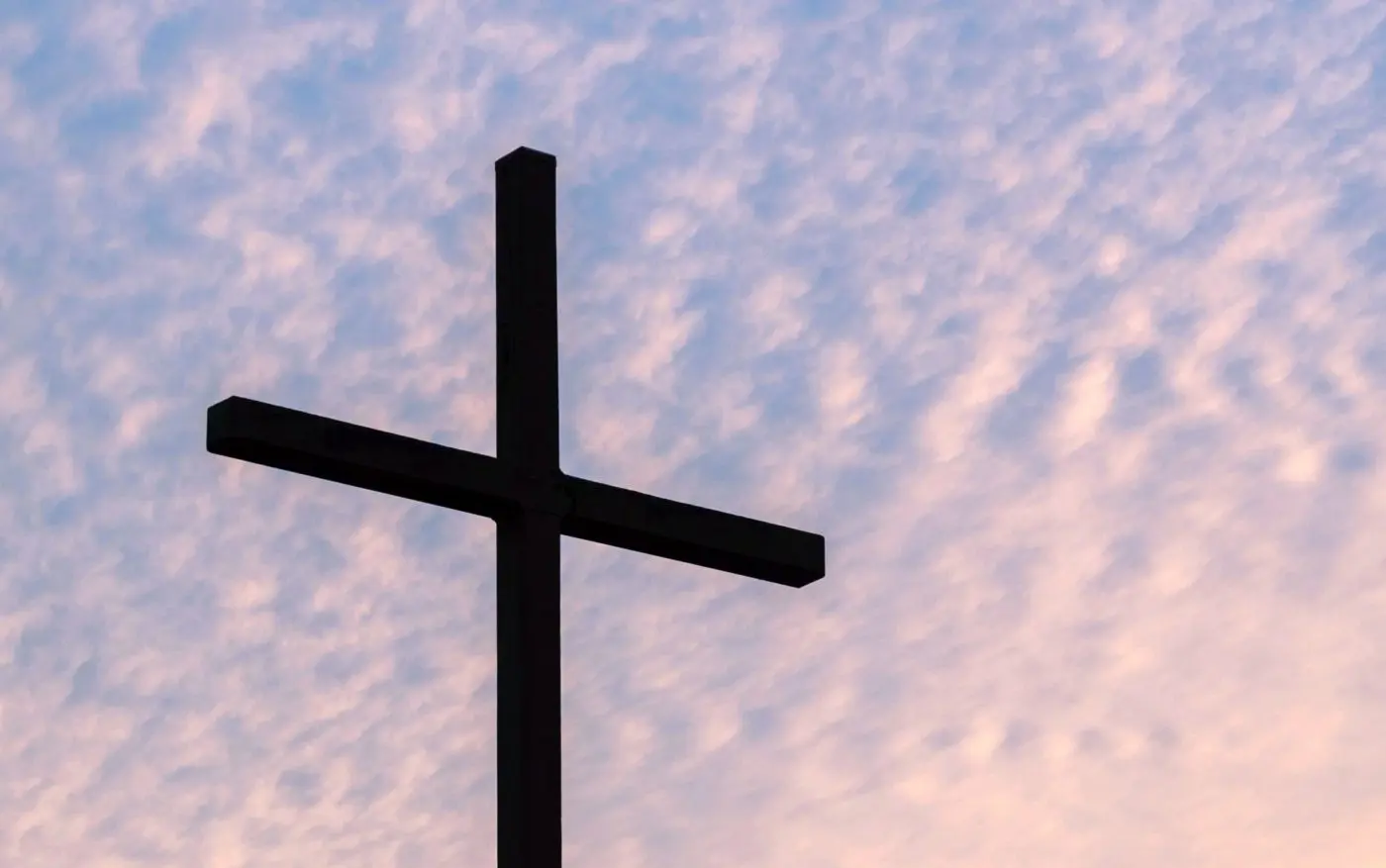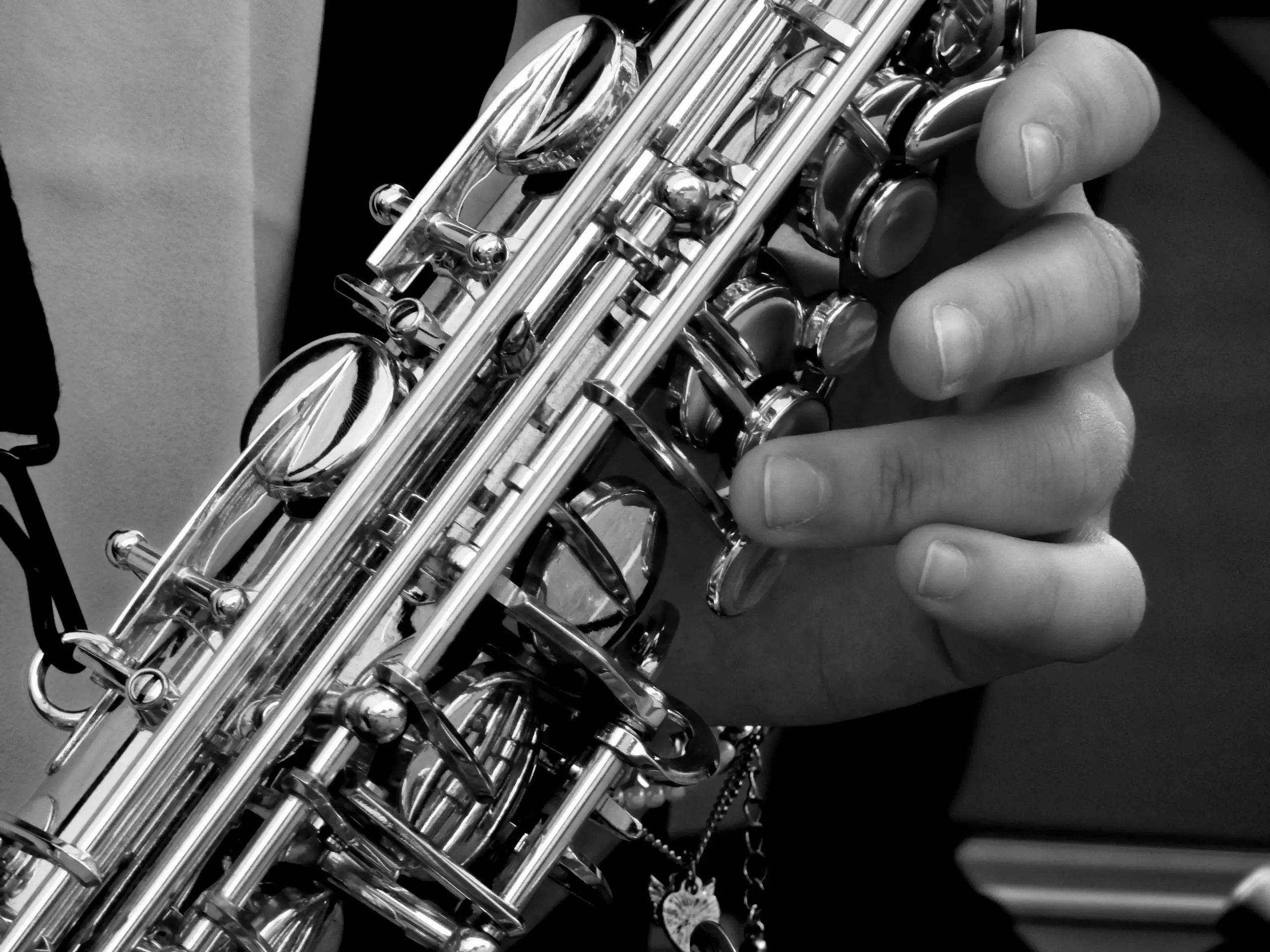In this article, Ken Boa discusses some of the Scriptural evidence for the resurrection body, including the resurrected body of Christ (the pattern for the believer’s resurrected body). Part 2 examines the resurrected body of the believer and its implications.[note]Material in this two-part series is drawn from chapter 6 (“The Resurrection Body”) of Ken Boa’s God, I Don’t Understand (Cook Communications, 1975, 2007).[/note]
[lead]The Bible gives us a glimpse into eternity to come.[/lead] One of the significant things about this future eternity is that all of us will receive resurrection bodies. Christ conquered death, and because He was resurrected, all people (“both the righteous and the wicked,” Acts 24:15; John 5:29) will be resurrected.[note]Those who place their trust in Christ in this life will live forever in the presence of God, or heaven, in the next life, while those who do not trust Christ will go to a place of everlasting torment, or hell.[/note] Though the Scriptures do not tell us much about this resurrection body, it is evident that its nature is beyond our present comprehension.
The biblical descriptions of this body often sound fantastic, and the more we read about it the more it appears that we are dealing with another biblical mystery. God has revealed something about the state of His people’s future existence in order to strengthen the believer’s hope and to show that He plans to redeem the entire man. The revelation is limited because He does not want us continually looking at the clouds and ignoring the work of the present (see Acts 1:11). Still, we can learn a few definite things from the Scriptures about this future resurrection body—all of which should encourage us in the present.
Resurrection in the Old Testament
Both the Old and New Testaments affirm a bodily resurrection of the dead. The clearest Old Testament passage is Daniel 12:2–3:
Multitudes who sleep in the dust of the earth will awake: some to everlasting life, others to shame and everlasting contempt. Those who are wise will shine like the brightness of the heavens, and those who lead many to righteousness, like the stars for ever and ever.
This verse suggests a dramatic change in the bodies of the saints. This passage also points to not only a spiritual but also a bodily resurrection. Isaiah 26:19 presents a similar picture, saying, “Your dead will live; their bodies will rise. You who dwell in the dust, wake up and shout for joy.”
Other Old Testament verses used to support the bodily resurrection (though less conclusive) are Job 19:25–27; Psalm 16:9–11; and Psalm 17:15.
Resurrection in the New Testament
The New Testament not only reaffirms the bodily resurrection, but also gives a clearer picture of what the resurrected bodies of believers will look like.
Paul presents the resurrection body of Jesus Christ as the pattern for the believer’s resurrection body: “If we have been united with [Jesus] like this in his death, we will certainly also be united with him in his resurrection” (Romans 6:5). Christ “will transform our lowly bodies so that they will be like his glorious body” (Philippians 3:21).
The apostle John echoed this truth in his first epistle: “Dear friends, now we are children of God, and what we will be has not yet been made known. But we know that when he appears, we shall be like him, for we shall see him as he is” (1 John 3:2).
Therefore, to discover the characteristics of our future bodies, we need to look first at the characteristics of Christ’s risen body.
Christ’s Resurrection Body
We know two things about Christ’s resurrected body.
First, from the Gospels and Acts we know that Jesus’ resurrected body is real and substantial. It could be touched and felt:
And behold, Jesus met them and greeted them. And they came up and took hold of His feet and worshiped Him. (Matthew 28:9)
See My hands and My feet, that it is I Myself; touch Me and see, for a spirit does not have flesh and bones as you see that I have. (Luke 24:39)[note]The phrase “flesh and bones” has led to some speculation that Jesus’ resurrection body does not have blood. But to say He has flesh and bones does not exclude the possibility that His body has blood also. The flesh and bones are the most solid parts of the body, and this is what Jesus referred to in order to prove to the doubting disciples that His body was real.[/note]
The entire passage in Luke 24:13–32 likewise depicts the resurrected Jesus as a real person with a physical body. He walked and talked with His disciples; He even ate a broiled fish in their presence (Luke 24:41–41). (For more, read John 20:17, 22, 27.)
A second thing we know is that Christ’s resurrected body is a glorified body. In some ways, it’s dissimilar from His pre-resurrection body—which is why, for example, He was unrecognizable to Mary in the garden and to the disciples on the road to Emmaus until He revealed his identity to them. We know that Christ’s glorified body is perfect and that it is a spiritual body, meaning that it is permeated and empowered by the Holy Spirit. It is imbued with glorious qualities that are adapted to the magnificent environment that is yet to come.
[panel style=”info” title=” What Happened to Jesus’ Body After His Ascension?” text_align=”left”]One inevitable question is whether Jesus’ ascension brought about such a change that He ceased to have a glorified body of flesh. This is very important because it is difficult to combine what we know of Christ’s risen body before the ascension with the picture we find after His ascension. Christ now dwells with the Father “in unapproachable light” (1 Timothy 6:16). This is evident from the awesome though symbolic description recorded in Revelation 1:12–18 and can also be seen in Christ’s blinding appearance to Paul on the Damascus Road (Acts 9:1–9).However, none of this means that the Lord Jesus is no longer in a glorified body of flesh. On the contrary, Christ retained the same form after His ascension: “Jesus, who has been taken from you into heaven, will come back in the same way you have seen him go into heaven” (Acts 1:11).
Apparently then, Christ willfully held back His true glory and light while He was in the presence of sinful men on the earth after the Resurrection. No mortal eyes would have been able to stand the intensity of His glory if He had not done this. He is still in His resurrection body of glorified flesh as He will forever be.[/panel]
In part 2, we’ll look at the resurrection body of believers and its implications.
Button Text
